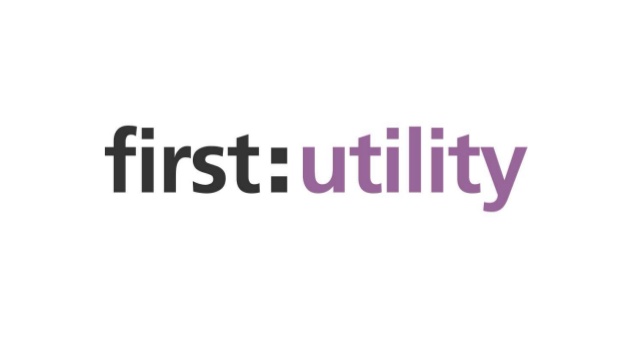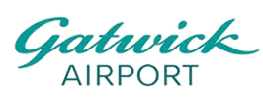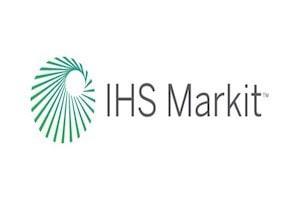You Ask, We Answer: What is the True Cost of NGINX?
Here at Sirius, we often get asked, “How much does NGINX cost?”. This is a very good question, and one that deserves a clear, honest answer. We understand the need to know the true financial implications of any technology choice, as it's a decision a business will have to live with for years.
We want to be upfront: NGINX Open Source (OSS) is a powerful and flexible Open Source directory service distributed under the 2-clause BSD License. While it is "free" in terms of licensing, the truth is, the zero-cost price tag can actually mask significant hidden costs. For many organizations, relying solely on NGINX OSS might not be the most cost-effective solution due to high labor and unquantified risk.
This article will explain the factors that drive the true cost of NGINX up or down across its entire ecosystem—including NGINX Plus subscriptions and cloud-native NGINX-as-a-Service (NGINXaaS)—helping you understand its Total Cost of Ownership (TCO) and decide what is best for your specific needs. We aim to be fiercely transparent, allowing you to make the most informed decision possible.
The True Total Cost of Ownership (TCO): Understanding the Hidden Labor Cost
When discussing the cost of NGINX, the primary factor determining the TCO is not the software license itself, but the cost of internal labor and the financial risk associated with system downtime. The common misconception that NGINX Open Source is "free" is a financial miscalculation for enterprises.
If you are relying on NGINX OSS for mission-critical deployments, you must account for the following internal labor costs:
-
High Internal Labor Rates: Self-management of NGINX OSS requires highly skilled, expensive internal talent or consultants for setup, patching, debugging, and 24/7/365 maintenance. Professional NGINX engineers command an average hourly wage of $53, potentially reaching $74 for top earners.
-
Rapid Break-Even Point: These high internal costs quickly negate any savings realized from using the free software. Considering that the entry-level NGINX Plus Basic support costs approximately $2,500 annually, an enterprise using the $53/hour NGINX specialist reaches the financial break-even threshold after only 47 hours of internal, unbudgeted labor time.
-
Unquantified Risk: The core problem of NGINX OSS in an enterprise context is the lack of a guaranteed Service Level Agreement (SLA). When a critical component fails, the uncertain resolution time leads to unquantified but potentially catastrophic financial losses.
Any time spent beyond the 47-hour threshold on configuration, patching, or troubleshooting means the organization is incurring higher costs than if they had purchased commercial support.
Fixed Annual Costs: NGINX Plus Subscriptions
NGINX Plus is the paid, commercial version designed to overcome the operational limitations of the free software by adding non-negotiable features required for enterprise application delivery. It is licensed on a per-instance fixed annual subscription model, providing predictability regardless of traffic growth.
The cost of NGINX Plus largely depends on the required Service Level Agreement (SLA), as F5 strategically utilizes tiered support to manage organizational risk, making the SLA the true product.
| Support Tier | Typical MSRP (Per Instance, Annual) | Key SLA/Feature |
|---|---|---|
| Basic Support | ~$2,500 | Minimal SLA, suitable for less critical deployments |
| Professional Support | ~$3,500 | Intermediate level of service |
| Enterprise Support (Premium) | ~$5,000 | Critical 24/7/365 support with a stringent 30-minute SLA |
The jump from Basic ($2,500) to Enterprise ($5,000) support is often a small fraction of the potential costs associated with critical infrastructure failure, reinforcing that F5’s support model sells guaranteed time-to-resolution, thereby normalizing operational risk budgets. Historically, NGINX Plus represents a massive cost reduction compared to proprietary hardware application delivery controllers (ADCs), showing savings of up to 78% in Year 1 TCO against legacy systems.
Cost Variables: Add-Ons and Management Suites
The total cost of NGINX commercial adoption often includes supplementary costs for advanced features:
-
Web Application Firewall (WAF) Add-on: F5 App Protect typically costs $2,000 per instance, per year, in addition to the NGINX Plus subscription fee.
-
NGINX Management Suite: Designed for centralized control and fleet management in large environments, these tools carry substantial enterprise price tags. The annualized estimate for the NGINX Management Suite App Delivery Manager with Security (Max 500 GB) can be approximately $186,048.
These additional costs highlight that NGINX commercial adoption frequently entails substantial, high-value enterprise contracts, with internal transaction data confirming average annual contract values around $156,000.
Variable Costs: NGINX-as-a-Service (NGINXaaS)
In cloud environments, NGINX-as-a-Service (NGINXaaS) shifts to a consumption-based structure, deviating from the fixed subscription model.
-
Pricing Model: Billing is metered hourly based on the NGINX Capacity Unit (NCU). This model aligns cost directly with application load elasticity, making it advantageous for volatile or unpredictable traffic patterns.
-
NCU Definition: A single NCU quantifies capacity based on compute resources (20 Azure Compute Units), bandwidth (60 Mbps), and concurrent connections (400).
-
Cost Variance: The hourly NCU cost varies by cloud region, ranging from approximately $0.03 in lowest-cost regions (Tier 1, e.g., North Europe) up to approximately $0.05 in highest-cost regions (Tier 3, e.g., Brazil South).
-
Ancillary Charges: Organizations using NGINXaaS must also manage standard cloud provider networking and bandwidth charges, including management traffic and logging, which are billed separately.
Conclusion: Deciding the Best Path for Your Business
The decision regarding NGINX commercial adoption is fundamentally a strategic choice based on architectural freedom versus operational risk tolerance. We encourage organizations to justify the pricing of any solution by thoroughly explaining factors such as quality, stability, and customer experience.
For organizations seeking enterprise-grade stability, two primary pathways are recommended:
-
The Proprietary Path (NGINX Plus): Choose NGINX Plus with Enterprise Support for production workloads. This route guarantees immediate access to proprietary operational features (like active health checks and dynamic API) and the lowest vendor response time (30-minute SLA). This is best for companies prioritizing maximum feature completeness and vendor-backed accountability, accepting the inherent vendor lock-in with F5.
-
The Open Source Managed Path: For organizations committed to an Open Source strategy, engagement with a specialized partner is the most financially optimal solution. This approach eliminates proprietary software licensing costs while providing 24/7/365 SLA-backed Managed Services, which directly negates the high labor cost and risk associated with self-management. This pathway offers the benefits of enterprise-level support and operational predictability at the lowest potential long-term TCO, retaining complete architectural control.
















































